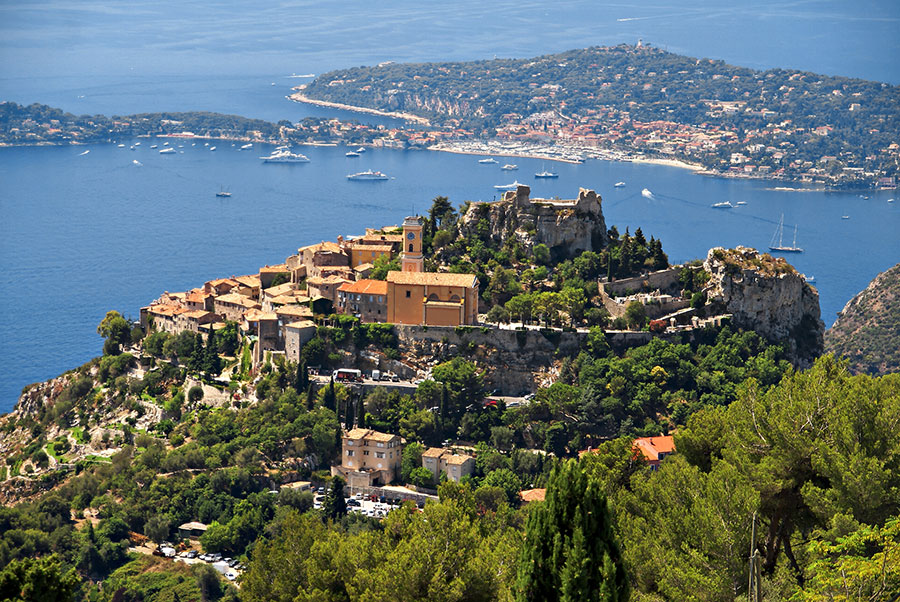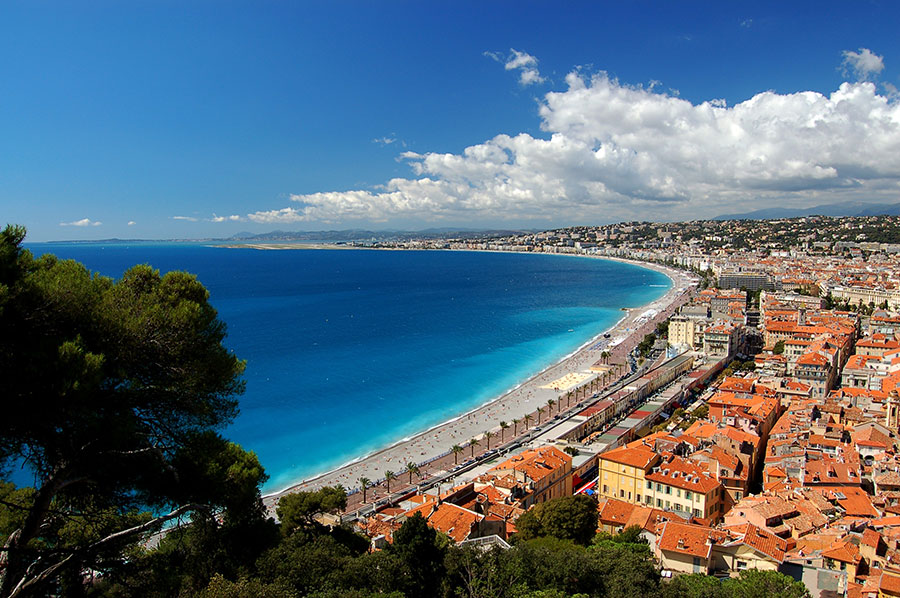History of the Alpes-Maritimes
Born in 1793, became French again in 1860, the department of the Alpes-Maritimes is the young emanation of a territory with a rich and complex past.
Two hundred years indeed are only a very short period of time in the light of a story that began more than a million years before Christ and which has always been under the sign of contrast: Alps and Mediterranean, between Savoy and Provence, between France and Italy, the destiny of the Alpes-Maritimes was forged on this plural identity which is reflected until its landscape.
The Alpes-Maritimes are formed of a group of young mountains, with peaks rising to more than 3,000 meters on the Italian border. To the west, the Grasse Prealps rise to more than 1,700 meters. To the east, the coast follows the folds of the Nice Alps that plunge without transition into the Mediterranean and punctuate the magnificent landscapes of an exceptional coastline. And in the middle flows a river ... in this case the Var, which for a long time constituted the physical and political separation of two provinces belonging respectively to France and the Dukes of Savoy.
Provençal department, the Alpes-Maritimes result from the late marriage of these two regions subject for five centuries to different institutions, however brought closer by economic solidarities and cultural affinities.


Presentation of Alpes-Maritimes
The coastline between Nice and Menton is the high-end market segment located east of the Côte d'Azur, which stretches for around 115 km (the other two high-end market segments are Saint-Tropez and Cannes and their vicinity).
It enjoys an exceptional location, close to the rich Italian regions of Liguria and Piedmont, and the first technopolis of Europe - Sophia-Antipolis (2,400 ha, more than 36,000 jobs and more than 4 billion euros in turnover especially in the information and communication technologies sector),. It takes advantage of the tourist and economic attractiveness of the Principality of Monaco and the Nice Côte d'Azur Metropolis, the first French tourist destination after Paris.
The Nice Côte d'Azur Airport, with its 12 million passengers, nearly 8 million of which are international, is the second largest airport in France, serving more than 100 destinations by direct flight. Safety of people, quality of life, protection of capital, quality of education and care, infrastructures, congresses and international events of world reputation, quality of the climate, this marvelous region satisfies in all points all the criteria of selection of the more domanding investors when it comes to looking for primary or secondary residence. Buyers from Europe, Russia and the Middle East have made the Côte d'Azur one of the most popular destinations in the world.
In addition to the Lemon Festival in Menton, the French Riviera has a rich historical and cultural heritage:
Cocteau Museums, Musée des Merveilles, Gardens, Auguste Trophy, Villa E-1027, Le Corbusier Shed, churches, chapels, ....
It also benefits from the proximity of multiple events such as the Cannes Film Festival, the Monaco Grand Prix, the Nice Carnival and the Jazz Music Festivals in Nice and Juan-les-Pins.




